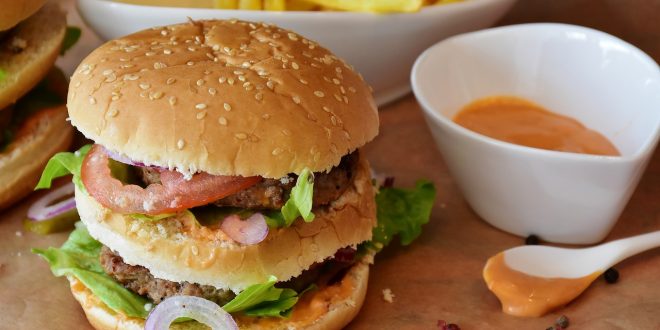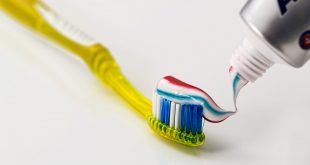The dreaded word “fat” has always had a negative connotation, but of the many types of fat, some are good for your body. Unfortunately, when overused by the food industry, they become dangerous, and trans fats are one such example. Trans fats are a form of unsaturated fat. Different from saturated fats which have no double bonds, trans fats have at least one double bond in their chemical structure. Naturally occurring trans fats in diets do not appear to be harmful, and even extremely healthy, but artificial trans fats do not have the same positive effect. Even worse, they pose a serious risk to human health. These unique chemical structures of artificial trans fats – or hydrogenated fats are believed to be responsible for numerous health issues in recent research.
Artificial trans fats can be found in hydrogenated oils or partially hydrogenated oils: they are created by pumping hydrogen molecules into vegetable oils. This changes the chemical structure of the oil, turning it from the liquid form into a solid. Most fats tend to increase both LDL “bad fat” and HDL “good fat” cholesterol; however, even eating small amounts of trans fats will significantly increase LDL cholesterol but not HDL cholesterol. This led to the conclusion that trans fats lead to lower insulin sensitivity and a higher chance of type 2 diabetes. It is also pretty clear that trans fats are a significant driver of inflammation, which can potentially lead to all sorts of chronic, western diseases. They are believed to cause endothelium, a damage to the inner lining of the blood vessels.
Hydrogenated and partially hydrogenated oils are very cheap and have a long shelf life, so are found in all sorts of modern processed foods. Examples include cookies, cakes, bread, and other packaged foods. Unfortunately, we can not depend on label information to prevent this issue. Labels on junk foods and processed vegetable oils cannot always be trusted. Lots of “trans fat-free” products still contain trans fats. In the US, manufacturers can label their products “trans fat-free” as long as there are less than 0.5 grams of trans fats per serving. We can see how a few “trans fat-free” cookies could quickly add up to harmful amounts that are not shown on the label.
Store-bought vegetable oils also contain trans fats without any indication on the label or ingredients lists. Some samples analysed were soybean and canola oils. They found 0.56-4.2% of the fats were trans fats with no indication on the packaging at all. Lots of processed foods contain these types of fats.
In order to avoid trans fats, the best thing we can do is eliminate processed foods from our food list, and in the present day, such a task is almost impossible. Fortunately, with the push for more healthy foods and chemical-free organic nourishment, we can hope in the near future to see less detrimental ingredients.
 Tempus Magazine By Students, For Students
Tempus Magazine By Students, For Students 



